Ever feel like you’re shouting into a digital void? ️ You know your product is excellent and your service is second to none. Yet, when you post on social media or send out an email, all you hear back is the disheartening echo of silence. That gnawing feeling of being invisible online, of watching your message get hopelessly lost in an endless sea of digital noise, is one of the most frustrating challenges a small business owner can face.
The solution isn’t to shout louder; it’s to speak with a voice that resonates. This is where your brand voice becomes your most critical asset. It’s far more than just the words you use—it’s the consistent personality and the core values that your business communicates in every interaction. Without a defined voice, you risk creating customer confusion, failing to build trust, and blending in with the very competitors you’re working so hard to outperform. An inconsistent message is a forgettable one.
This guide is your solution. It serves as a comprehensive, step-by-step blueprint designed to help you discover your authentic identity and understand precisely how to define your brand voice. We will move beyond abstract theory to provide actionable steps for crafting a voice that not only builds a loyal community but also drives tangible growth for your business. It’s time to stop shouting and start connecting.
The Foundation: Unearthing Your Brand’s Core Identity

Before you can decide how your brand should sound, you must first understand who your brand is at its core. A powerful brand voice isn’t invented; it’s excavated from the foundation of your business. It must be authentic, otherwise, your audience will see right through it. This foundational stage is non-negotiable and involves a deep dive into three critical areas.
A. What Are Your Core Values?
Your core values are the unshakable principles that guide every decision your business makes. They are your company’s soul. A brand voice not aligned with these values will feel hollow and inconsistent. To unearth them, move beyond industry buzzwords and ask yourself substantive questions:
- Beyond making a profit, what is our fundamental purpose?
- What are three to five values that are completely non-negotiable for our business? (e.g., Innovation, Community, Sustainability, Integrity, Meticulous Craftsmanship).
- What do we want to be known for in our community, even by those who have never purchased from us?
Answering these questions provides the ethical and philosophical bedrock upon which your voice will be built. A brand that values “Innovation” will have a forward-thinking, authoritative voice, while one that values “Community” will sound more welcoming, inclusive, and collaborative.
B. Who Is Your Ideal Customer? (And How Do They Speak?)
You cannot connect with your audience if you don’t understand them on a granular level. It’s time to move past basic demographics and build a detailed customer persona. This semi-fictional representation of your ideal client should include their pain points, aspirations, daily challenges, and, most importantly, their communication style.
To understand how they speak, you must become a digital anthropologist.
- Where do they congregate online? Are they in professional LinkedIn groups, casual Facebook communities, or visual-first platforms like Instagram?
- What language do they use? Observe the slang, the acronyms, the professional jargon, or the straightforward, no-nonsense language they use in comments, reviews, and posts.
- What kind of content do they engage with? Do they respond to data-driven reports, heartfelt stories, or humorous memes?
Your target audience research dictates the language you’ll use. You wouldn’t speak to a CFO using the same slang and emojis you’d use to engage with a college student. The goal is to speak to them in a way that feels familiar and natural, not at them with a generic corporate message.
C. What is Your Unique Value Proposition (UVP)?
Your UVP is a clear statement that describes the benefit you offer, how you solve your customer’s needs, and what distinguishes you from the competition. It is the essence of your competitive advantage. Are you the fastest, the most affordable, the most luxurious, the most sustainable, or the most user-friendly?
Once you’ve defined your UVP, your brand voice must communicate it with confidence. If your UVP is providing the most robust, data-secure software on the market, your voice should be authoritative, precise, and professional. If your UVP is delivering hand-crafted, artisanal goods, your voice should be passionate, detailed, and personal. Your UVP is what you promise, and your brand voice is how you deliver that promise in your communication.
Finding Your “Voice”: Exploring the Spectrum of Brand Personalities

With your foundation established, you can now begin to sculpt the personality of your brand. This is where you translate your core identity into tangible communication characteristics. We can break this down by exploring the key dimensions of voice and leveraging proven psychological frameworks like brand archetypes.
A. The Four Dimensions of Brand Voice
Think of your brand voice as existing on a spectrum across four key dimensions. Defining where you fall on each will give your voice clarity and consistency:
- Tone: Formal vs. Casual. A law firm will lean formal, using professional titles and complete sentences. A new coffee shop will be casual, using colloquialisms and a friendly, approachable tone.
- Language: Complex vs. Simple. Will you use industry-specific jargon and advanced vocabulary to demonstrate expertise, or will you use simple, accessible language that anyone can understand?
- Pace: Energetic vs. Deliberate. An energetic pace uses short sentences and exclamation points to create excitement. A deliberate pace uses longer, more methodical sentences to convey thoughtfulness and authority.
- Character: Humorous, Inspirational, Authoritative, etc. What is the overriding personality? Are you witty and playful like Wendy’s, or are you inspiring and empowering like Nike?
B. Introducing Brand Archetypes: Giving Your Voice a Persona
Psychologist Carl Jung theorized that humans use symbolism to understand complex concepts through archetypes. In marketing, these 12 brand archetypes provide powerful personas that can guide your voice. Finding your archetype gives you a proven framework for communication. Here are a few examples:
- The Sage: Seeks truth and wisdom. Voice is authoritative, well-researched, and educational. (e.g., Harvard University, BBC)
- The Hero: Aims to prove their worth through courageous acts. Voice is confident, bold, and inspiring. (e.g., Nike, U.S. Army)
- The Jester: Lives in the moment with joy and fun. Voice is playful, humorous, and entertaining. (e.g., Old Spice, M&M’s)
- The Caregiver: Protects and cares for others. Voice is warm, empathetic, and reassuring. (e.g., Johnson & Johnson, Dove)
Identify the archetype that most closely aligns with your core values and UVP to create a consistent and recognizable brand personality.
C. Auditing Your Current Voice (and Your Competitors’)
Gather all your current marketing materials—website copy, social media posts, email newsletters, ad copy. Read them aloud. Is there a consistent personality? Does it align with the values and persona you just defined? Now, do the same for your top two or three competitors. Analyze their voices to identify their strengths, weaknesses, and, most importantly, the gaps in the market. Perhaps everyone in your industry sounds overly corporate and formal. This is your opportunity to stand out with a more human, casual, and relatable voice.
Crafting Your Brand Voice Guidelines: Your Business’s Style Manifesto

An idea is only as good as its execution. To ensure your brand voice is applied consistently across your entire organization—from the CEO to the summer intern—you must document it in a clear and accessible style guide. This document is your centralized source of truth for all communications.
A. The Brand Voice Chart: Your Centralized Reference
The cornerstone of your guide should be a brand voice chart. This simple table translates abstract ideas into concrete rules. Create a chart with these columns:
| Voice Characteristic | Description | Do’s (Use These Words/Phrases) | Don’ts (Avoid These Words/Phrases) |
| Authoritative | We are confident experts in our field. | “Data shows,” “The best practice is,” “Our research indicates” | “We think,” “Maybe,” “It seems like” |
| Playful | We don’t take ourselves too seriously. | “Let’s be real,” “Heads up,” Puns, Emojis | “Furthermore,” “It is imperative,” Overly formal language |
| Empathetic | We understand our customer’s struggles. | “We’ve been there,” “It’s frustrating when,” “We’re here to help” | “Actually,” “You should,” Dismissive language |
B. Building Your Brand’s Lexicon
Your lexicon is your brand’s unique vocabulary. It’s a list of words and phrases that are distinctly “on-brand,” as well as those that are forbidden.
- On-Brand Words: List words that align with your persona (e.g., “streamlined,” “effortless,” “robust” for a tech company).
- Off-Brand Words: List words to avoid (e.g., “cheap,” “stuff,” “synergy”).
- Industry Jargon: Decide how you will handle technical terms. Will you avoid them, or will you use them and provide simple explanations to educate your audience?
C. Tone Variation Across Different Channels
It’s critical to understand that voice is consistent, but tone adapts to the context. Your core personality doesn’t change, but your tone will shift depending on the platform and situation. Your guidelines should specify these tonal variations:
- Website Copy: Generally more informative, authoritative, and focused on building trust.
- Instagram/Facebook: More casual, conversational, and focused on engagement and community building.
- LinkedIn: Professional, insightful, and focused on industry leadership.
- Customer Service Emails: Highly empathetic, patient, and solution-oriented.
Putting Your Brand Voice into Action: Real-World Application and Optimization

With your guidelines in hand, it’s time for implementation. A brand voice only has value when it’s actively used to connect with your audience. This is how you infuse your newfound voice into your day-to-day content marketing strategy.
A. Infusing Your Voice into Your Website and Blog
Your website is your digital storefront. Every element, from your homepage headline to your “About Us” story and product descriptions, must be a pure reflection of your brand voice. A strong, consistent voice improves user experience, keeps visitors on your site longer, and signals to search engines like Google that you are an authoritative and trustworthy source of information, which can positively impact your SEO.
B. Social Media: Where Your Brand’s Personality Shines
Social media is the ultimate stage for your brand’s personality. Use your defined voice to do more than just announce sales.
- Share behind-the-scenes stories.
- Ask engaging questions.
- Respond to comments and messages in your unique voice.
- Use the appropriate tone for each platform—a professional insight on LinkedIn will be framed differently than a fun, visual story on Instagram.
C. The Litmus Test: Reading Your Content Aloud
This is the simplest yet most effective quality control check you can perform. Before you publish anything—a blog post, an email, a social media caption—read it out loud.
- Does it sound like a real person speaking?
- Does it sound like your brand’s persona?
- Are there any awkward phrases or sentences that feel stiff and unnatural?
If it sounds robotic or “off-brand” when spoken, it will read that way, too. Rework it until it flows naturally and sounds authentic to the voice you’ve so carefully constructed.
Conclusion: Your Authentic Voice is Your Competitive Edge
In a marketplace saturated with noise, your authentic brand voice is what will make you memorable. We’ve walked through the essential steps: grounding your voice in your core values and customer understanding, defining its unique personality and archetype, documenting it in a practical style guide, and actively implementing it across all your channels.
Defining your brand voice is not a one-time task; it’s an ongoing commitment to communicating with clarity, consistency, and character. It is the foundation of a strong brand identity, fostering a deep sense of trust and connection that turns passive followers into a loyal community. This connection is your ultimate competitive advantage.
Now, it’s your turn. Start the process today by asking the foundational questions. What does your business truly stand for, and how can you begin to communicate that to the world? Your audience is ready to listen.






